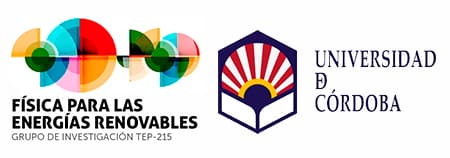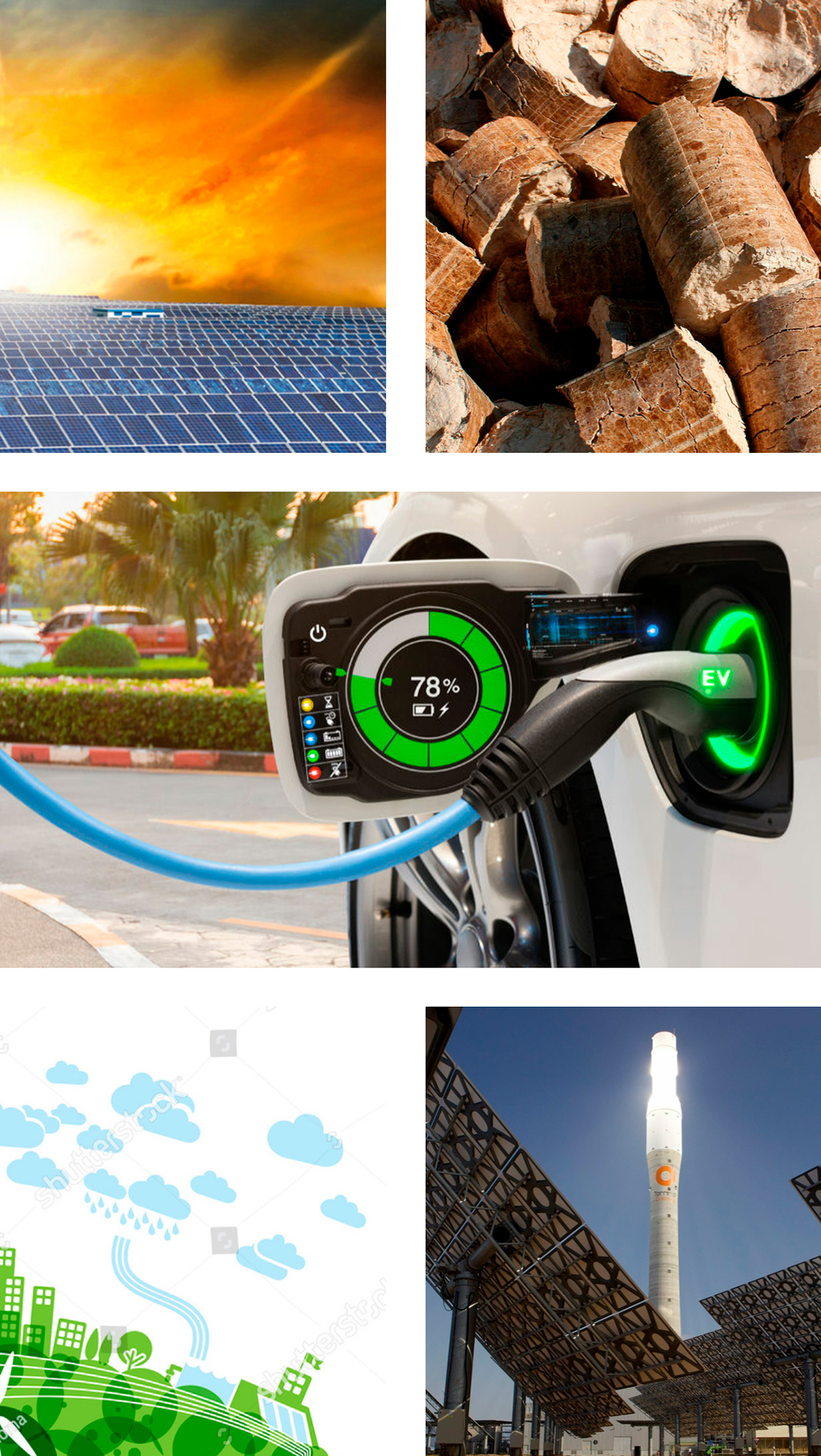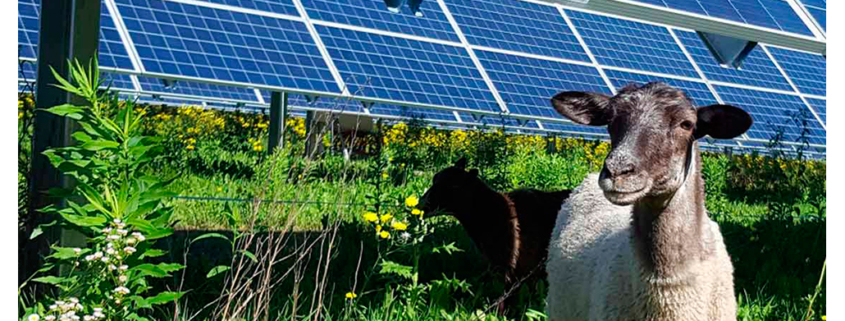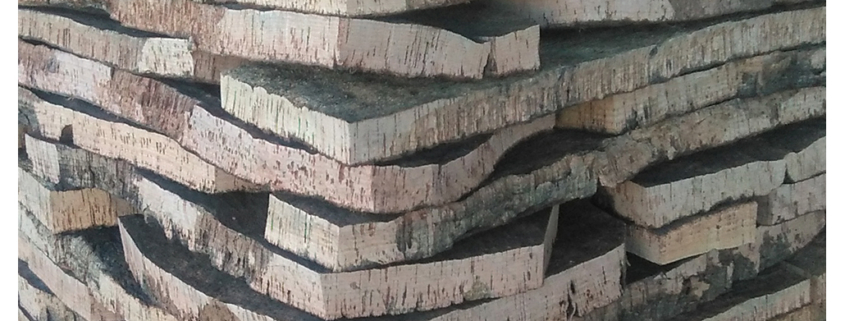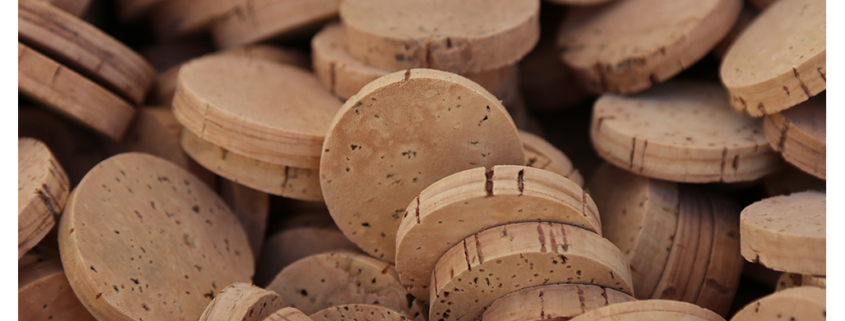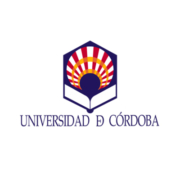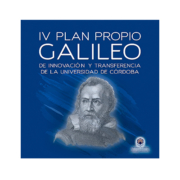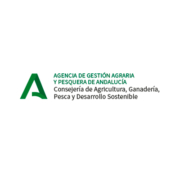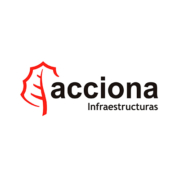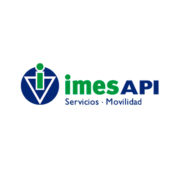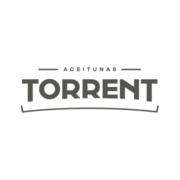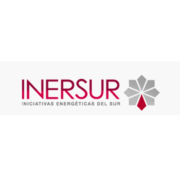PHOTOVOLTAICS: SIZING AND TECHNOLOGICAL IMPROVEMENTS
The first works carried out within this line study different aspects of the reliability of isolated photovoltaic installations, those based solely on photovoltaic collectors and batteries. Thus, the energy balance equation has been characterised both numerically, through stochastic simulation techniques, and theoretically through Markov chains. In 2016, a subline was opened dedicated to the study of improvement in the movement strategies of solar trackers or mobile structures that orient solar collectors towards the sun. Among them, notably the works where a comprehensive vision of solar backtracking has been achieved thanks to the application of Minkowski algebra. In recent years, work has also been carried out in the field of photovoltaic irrigation in collective irrigation networks, photovoltaic self-consumption and agrivoltaic plants.
AGRIVOLTAICS
Today, humanity faces multiple global challenges that are largely interrelated: increase in world population and, consequently, in food and energy needs, depletion of fossil fuels, climate change, etc. As a consequence, it is essential to promote the use of renewable energy sources, such as solar energy. However, the use of extensive land for large photovoltaic or solar thermal plants is seriously harming the agricultural sector. In this context, in agrivoltaic production it is proposed to combine solar panels and food crops in the same unit of land, making both productive activities compatible and optimising the yield of the land. This line of research aims to delve into the study and characterisation of agrivoltaics, as a new sustainable agricultural model that is not only energy self-sufficient, but also generates a surplus of energy.
